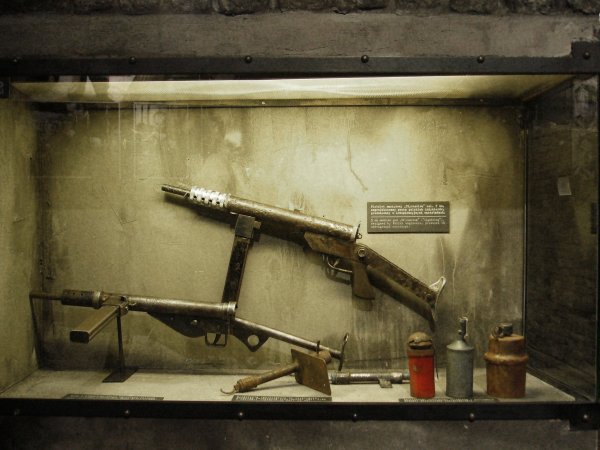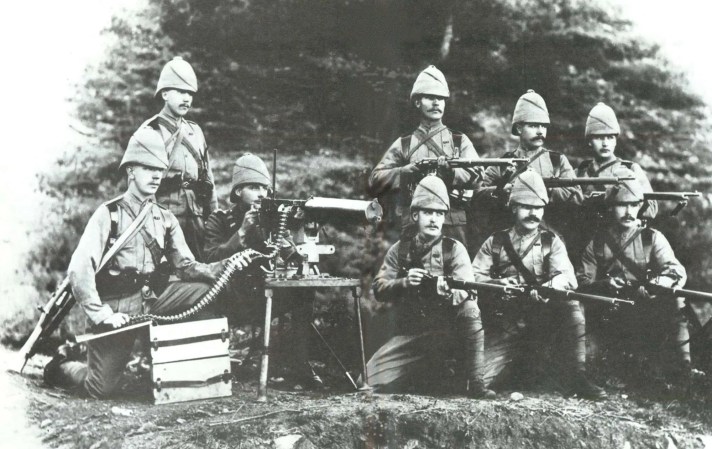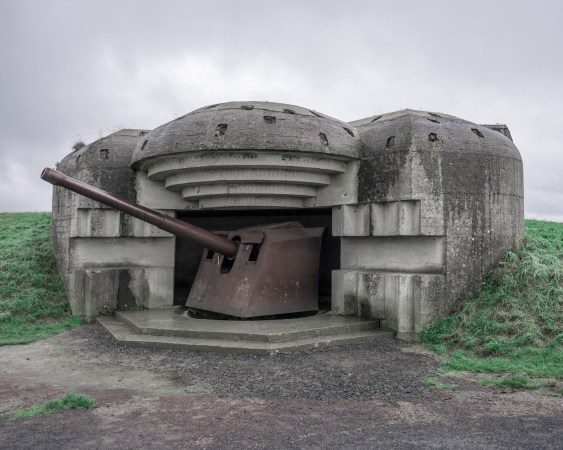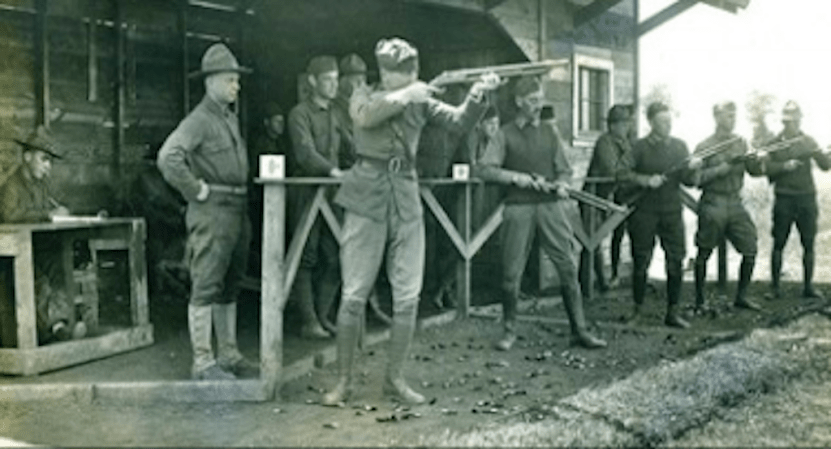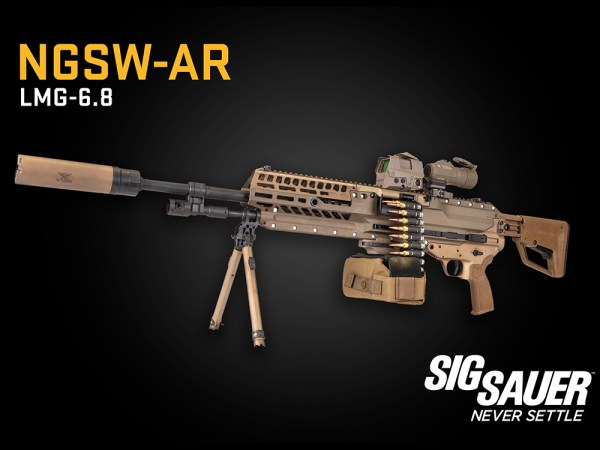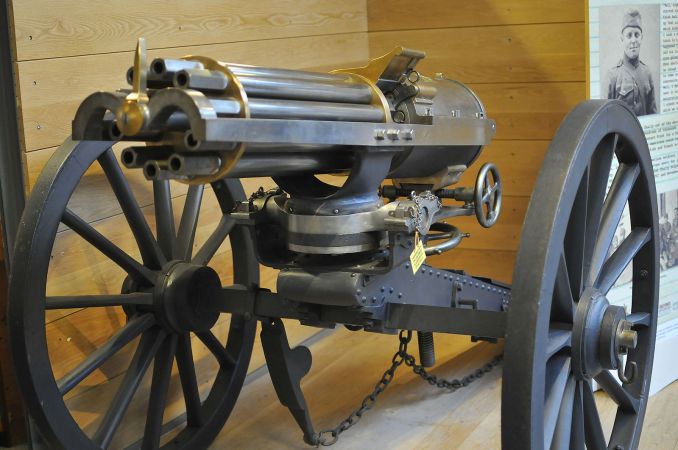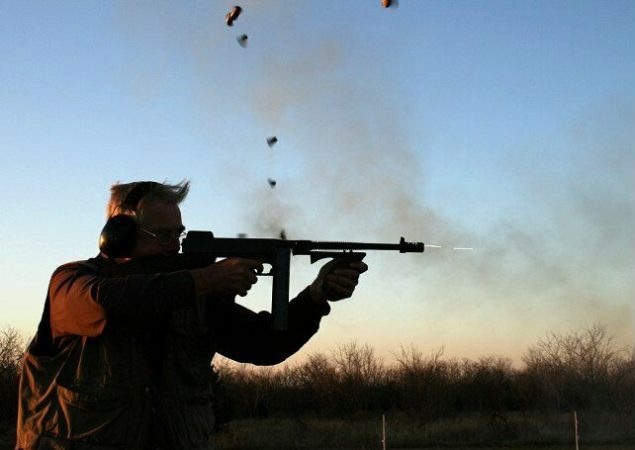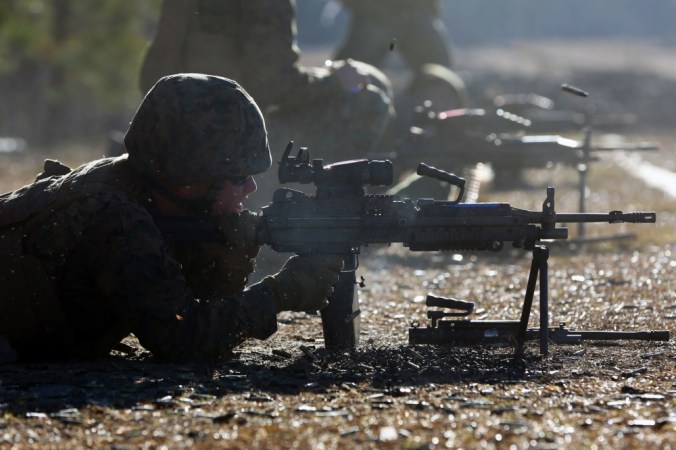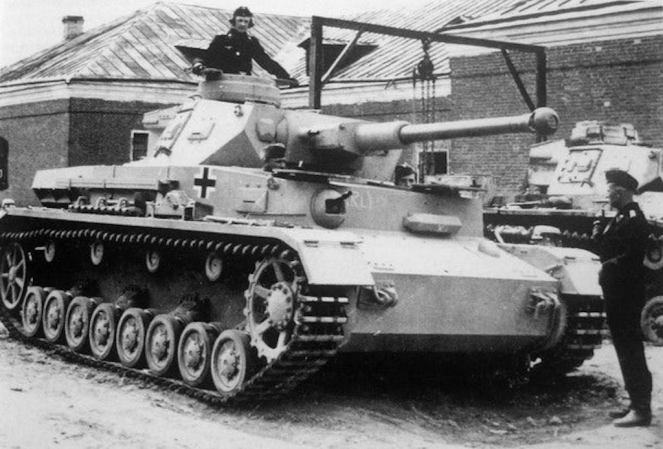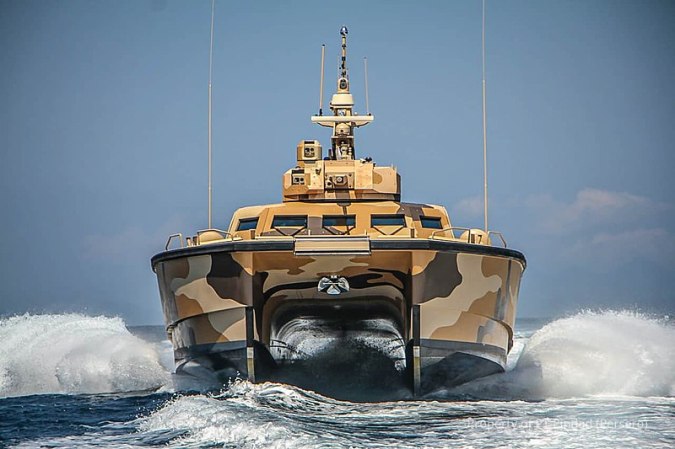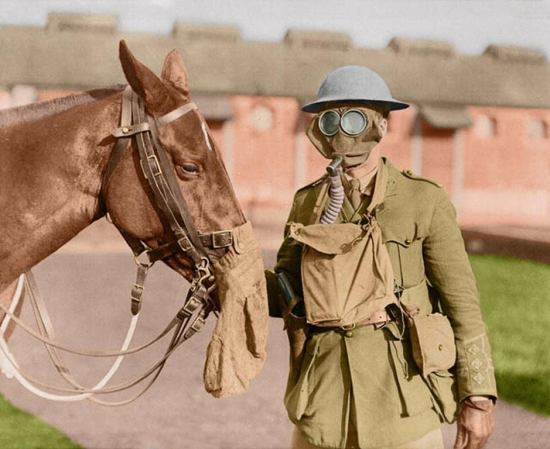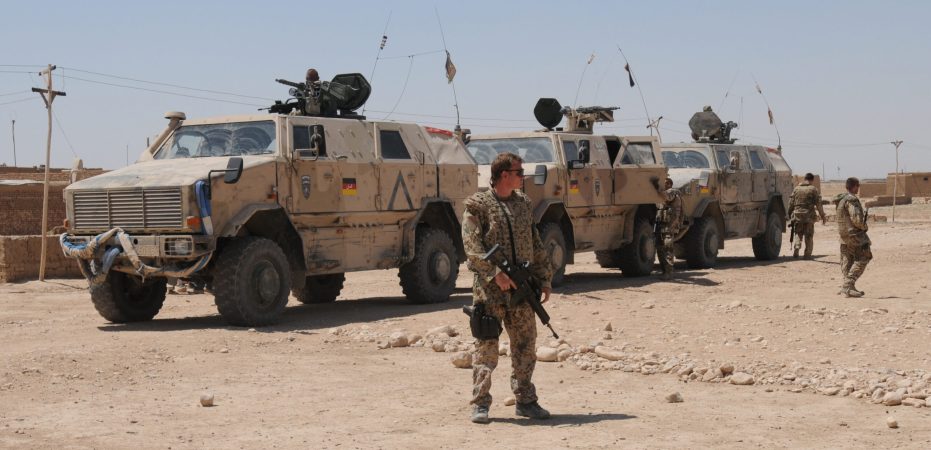Many military historians argue that the Maschinengewehr 42 – better known as the MG 42 – was the best general-purpose machine gun ever made. It fired up to 1,800 rounds per minute in some versions. That’s nearly twice as fast as any automatic weapon fielded by any army in the world at the time.
But veterans of World War II rarely remember dry statistics about the weapon. They remember its fearsome nicknames – and why the machine gun earned them. American GIs were rightly terrified of the capabilities of the MG 42, so they gave it an apt name: “Hitler’s buzz saw,” because of the way it cut down troops is swaths. The Red Army called it “The Linoleum Ripper” because of the unique tearing or ripping sound it made because of its extremely high rate of fire.
And German soldiers knew they had a weapon so fierce that the Wehrmacht built its infantry tactics around squads of men armed with the Hitlersäge or “Hitler’s bone saw.”
“It sounded like a zipper. It eats up a lot of ammunition and that makes for a logistical problem, but it eats up a lot of people, too,” Orville W. “Sonny” Martin Jr., who was a second lieutenant with the U.S. Army’s 13th Armored Division, said in an oral history of infantry and armor operations in Europe. “When there’s a group of people advancing, you can really rip them up with that machine gun.”
When the war began in 1939, the Germans had a solid, reliable general-purpose machine gun: the MG34. But like so many German weapons, it was exquisitely – and expensively – made and difficult to produce. But the German high command wanted front-line troops to have more machine guns. That meant a weapon designed to deliver a high rate of fire like the MG34 but cheaper and quicker to produce.
Mauser-Werke developed a machine gun that fired a 7.92-millimeter Mauser cartridge fed into the gun from either a 50-round or 250-round belt. What’s more, the company manufactured the machine gun from stamped and pressed parts, welding the components together with a technique that reduced production time by 35 percent. That manufacturing method reduced the cost as well. The result was the MG 42, and German soldiers soon swore by its lethal effectiveness.
The MG 42 had a range of up to 2,300 feet, weighed 25 pounds and possessed a barrel that could be changed in seconds.
True, the machine gun had its weaknesses: It used ammunition like crazy, possessed no single-shot capability and could quickly overheat. But the amount of firepower it brought to the battlefield had ghastly results.

The sound alone of the MG 42 took a psychological toll on troops. The situation became so bad the U.S. Army produced a training film intended to boost the morale of U.S. soldiers terrified of the machine gun’s reputation:

In one of the film’s dramatized scenes, a green replacement is portrayed pinned down by MG 42 fire while the narrator says that nobody else in the platoon seems particularly bothered by the sound – nobody but the raw G.I. who “can’t get over the fast burp of the German gun.”
“Well, so it does have a high rate of fire,” the narrator continues. “Does that mean it is a better fighting weapon than ours?”
What comes next is a “shoot off” between various U.S. machine guns and the MG 42 along with other German automatic weapons. The narrator of the training film soberly describes the accuracy and slower-but-steady rate of fire of U.S. weapons, saying, “The German gunner pays for his impressive rate of fire. But you get maximum accuracy with a rate of fire that isn’t just noise! The German gun is good – but ours is betters. Their bark is worse than their bite.”
But the reality is the MG 42 bit hard, killing or grievously wounding many thousands of Allied soldiers. James H. Willbanks, author of Machine Guns: An Illustrated History of Their Impact, writes that the MG 42 was nearly everywhere on the European battlefield, either in machine gun emplacements or vehicle-mounted on everything from halftracks to Panzers.
In fact, it was so deadly the MG 42 shaped German infantry tactics during the war.
U.S. and British tacticians emphasized the importance of the rifleman, with machine guns tasked to support infantry assaults.
Because of the MG42’s devastating power, the Wehrmacht placed the machine gunner in the central infantry role with riflemen in support. Each MG42 ideally had a six-man crew: a gun commander, gunner, a soldier who carried the weapon’s tripod, and three additional troops who carried spare barrels, additional ammunition, and tools.
When Allied troops attempted infantry assaults against positions protected by the MG42, the German machine gun crew would lay down withering suppressive fire. In most cases, all the infantrymen could do was wait for a barrel change, for the gun to run out of ammunition, or for a tank to show up so it could blast the machine-gun nest to oblivion.
The MG42 survived World War II to continue service in the West German Bundeswehr. Rechambered so it would fire the NATO 7.62-millimeter cartridge, the Germans designated the weapon the MG3 – but it still kept its blistering rate of fire and basic design.
The MG3 is used to this day, not only by the German army, but also by the militaries of 30 nations.




